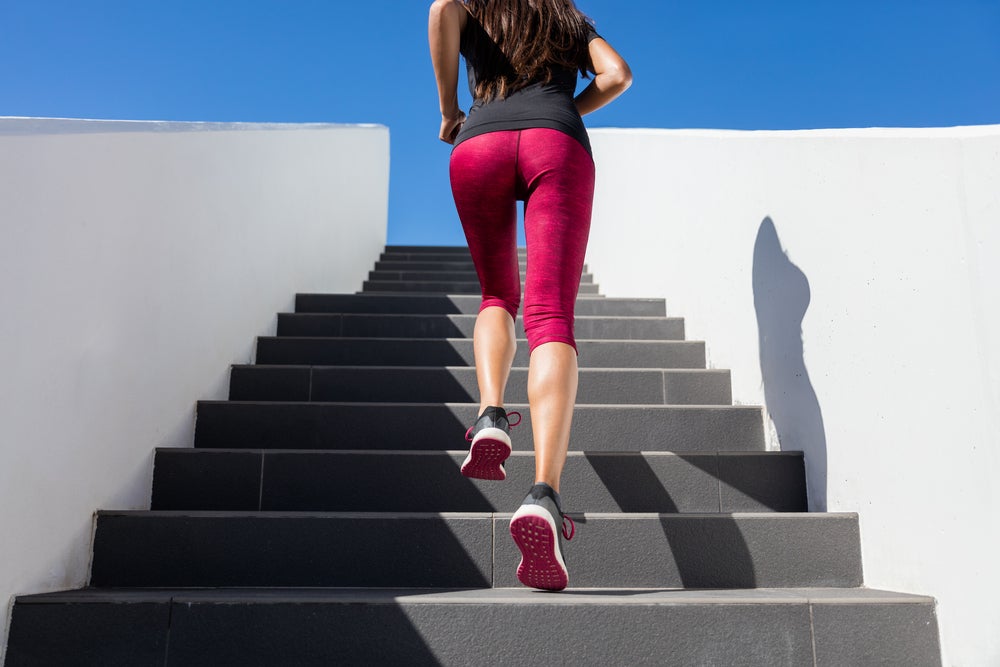Beginner's Luck: How Waking Up My Glutes Helped My Running

Photo: Shutterstock.com
“Beginner’s Luck” columnist Meredith Atwood shares the biggest factor that helped her improve as a runner.
It’s no secret that I have struggled with endurance sports since I started in 2010. I didn’t come to the sport with any history or talent. I was an adult-onset triathlete. I came to running and cycling as a later-in-life situation, which was tragic and hilarious, but also exhilarating to pick up something new in my 30s. I learned cycling relatively quickly because it involved sitting—albeit on a tiny little seat—but it was a seated sport, and I was good at sitting. However, running has been a tough process for me. If a person runs a lot as a kid and as a youth, then they develop running form and muscles and natural movements that translate to being a more competent runner as an adult. Trying to “learn” to run as an adult if you were never a runner? Well, like a green smoothie, it’s delicious, but a feels a tad complicated.
As I have unpacked many improvements in my running over the years, the greatest ticket to my run came from a single, solitary action—waking up my butt. Yes, really. So “dead butt” is a real thing and its chronic in our society from all the hours in the cars, at a desk and in general just being generally a seated culture. The result of this, is that many of us are plagued with dead or nearly-dead glute muscles. As it would also turn out, one needs her glutes for a ton of movements such as running. The more that the glutes and hamstrings and lower body works in conjunction, the greater the result in overall health, back pain and running form.
I went to my ART (Active Release Therapy) dude, Dr. Hamid Sadri with 1st Choice Sports Rehab, out of Atlanta, and he spent a ton of time with me letting me know how vital my glutes were. I sort of knew that—afterall, I used to weightlift and used my glutes for all the squats. But the years of sitting and non-engagement had taken a toll on my buns. Little by little he gave me small exercises to wake them up. Then I started strength training—adding in lunges, squats and step-ups and working to engage the glutes deliberately with each movement. I was running yesterday, and I realized that I was finally running with the junk in my trunk actually working for me (not against me). It was the best feeling in the world.
So how did I actually wake up the junk in my trunk? Sure, things like lunges and squats are great for strengthening, but if the glutes are silent and dead, how do we wake them up? The simplest and yet greatest exercise for me was this: laying face down on a firm surface (like the floor), with legs and arms extended, I would try and clinch my butt cheeks—but only clench one cheek at a time. At first, nothing moved. Literally, no cheeks movement whatsoever. But little by little, the right cheek had a twitch. Then more. Then the left. And after a few days and weeks, I had complete control over which cheek moved and when, to the point where I could make them wiggle to the tune of Sir Mixalot. Then I moved on to the leg lifts and lunges… and suddenly, I had a working rump. This working rump is starting to pay massive dividends on the run. Now, I run with a smile, because my butt is also running.
It’s not rocket science, but it does take some strange work. Work that, as a beginner and adult onset athletes, that is worth the time, energy, and sure—giggles.